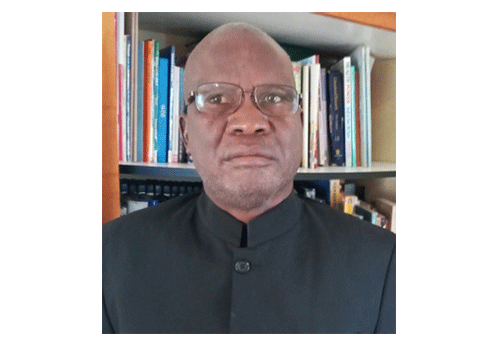There were three phases of flight into exile, and the first was hastened by the shootings at Caprivi African National Union (CANU) activists at Mafulo. This wave of political refugees, though a small group, consisted of the founder members of CANU such as Mishake Muyongo, Richard Kapelwa Kabajani and others.
The Caprivi Strip (now Zambezi) was one of the few regions to have a homebrewed political party in the 1960s. The second wave was spearheaded by the mass arrests, detentions and killings of people by the South African Security Forces in 1968.
The people who were seriously affected by this wave of flight were from the Chixhu-Kongola-Sesheke-Singalamwe corridor. The third wave took place in the Seventies and Eighties, and it was more of a militaristic and educational nature. Their main aim was to go and fight and free the country there and then. It was spearheaded by the ruthlessness of the South African Security Forces, and accompanied by the call of Radio Freedom from Dar es Salaam, Tanzania. It was in the two phases where learners were forced to leave their education and flee for their lives. There are many schools which were affected, but focus will be given to the four targeted ones.
Sesheke Primary School
The second wave of the flight of refugees from the then- Caprivi into Zambia was spearheaded by the mass arrests, detentions and killings of people by the South African Security Forces in 1968.
It was during this time that Maxwell Kulibabika, Prince Benjamin Bebi Lifasi, Judea Lyabboloma Tubakwasa, Induna Masida and others were arrested, tortured, killed and roasted on a burning fire. Many learners fled with their parents, and later formed the SWAPO primary school in Lusaka, Zambia. Few remained behind, including veteran Norman Lutibezi with his father who had just come back from Southern Rhodesia (now Zimbabwe) after a sojourn there for many years. The duo took many years feeding on the food left behind by the runaways.
Kasheshe Primary School
This school played a key role in the liberation struggle of this country as almost the whole Standard Six-enders left with their principal, the late Robert Simataa. The exodus of these learners became “the talk” of the area. This group produced the current Minister of Gender Equality and Child Welfare, Hon. Doreen Sioka, and Bellem Mukungu, Shadrack Mekalabi and Progress Mashando, who sacrificed their lives during the 1 April 1989 massacre. Unfortunately, the leader of the group, combatant Simataa, did not make it back home as he sacrificed his life in exile.
Simataa Secondary School
The principal, Mr Innocent Mahoto, and other teachers were instrumental in the mobilisation of pupils to skip the country and fight for the liberation and independence of Namibia. Later on, the principal was picked by the South Africa Security Forces and taken into the bush, where he was interrogated and tortured mercilessly. Nevertheless, veteran Mahoto did not waver, but stood his ground as a SWAPO member up to his marrow, even today. This group produced the gallant combatant Hon. Victor Simunja, who once served as a Deputy Minister of Defence.
Caprivi Secondary School: This was a hardcore school that was tough to crack by the South African Security Forces. The pupils played hide and seek with the security forces. They sneaked out during the night and by the time the police patrolled the Zambezi riverside, the pupils would be disembarking on the Zambian side. Pupils risked their lives by crossing the river during the night, using canoes amidst crocodiles and hippopotami, but could not be deterred by those animals. Neither were they scared about the possibility of the canoes capsizing. Unfortunately, some canoes were grabbed and used to cross the Zambezi River, and their owners have not been compensated to date. As many pupils were leaving the country, the then Chief Minister, Hon. Richard Muhinda Mamili, strongly castigated the security forces for being too hard on the pupils, something which forced them to flee. This exodus was non-discriminatory as both female and male pupils from all corners of the region left.
It absorbed the brains of the region, pupils who were targeted by their parents to be sent to universities in South Africa. But fortunately, the wind and wave of change could not be stopped. So, the flight continued until into the late Eighties, some months away from Resolution 435, which heralded the independence of Namibia. Only those who were there can explain the pain they experienced for losing their children and lovers through the exodus.
For many years, little was heard from many of these pupils until in the late Eighties when some trickled back home. Then came tales of disillusionment and betrayal of the liberation struggle by some leaders. People whose relatives went missing and were sometimes summarily executed wept out their hearts, and it took time for them to believe what really happened to their loved ones. The dungeons and tales of Lubango became synonymous with death. What really happened to the sweet promises by Radio Freedom from Dar es Salaam? Worse still, the leadership up to now never accounted for what happened to those pupils and others. Yes, in war, there are bound to be casualties. But at least an apology was supposed to be issued as we are pressurising the Germans to do for the genocide they carried out on innocent Namibians!


